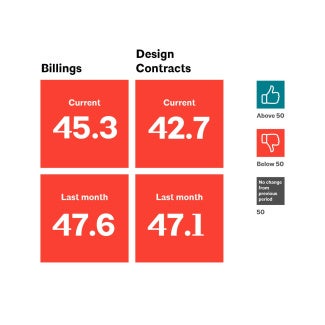Assembly-based design advantages for better project delivery
Author: Deltek
Explore the three key advantages to assembly-based design—offering project team members a better line of sight into design intent and the construction product selection.

Advantages of assembly-based design
Architecture design involves a cyclical, repetitive, and iterative process. Can you imagine the chaos if an architect tried to address all a designer's needs simultaneously? Building projects are too complex for this to occur, which is why architecture design happens over multiple iterations until all project requirements are addressed. To help ensure coordination of construction specifications in the iterative design process, an assembly-based approach is critical to delivering better projects.
There are many benefits to using an assembly-based design process, but the top benefits include:
- Providing better project clarity to team members.
- Aligning graphic (BIM development) to non-graphic (construction specifications) elements to streamline project information.
- Enabling collaboration between disciplines so the design team can be more efficient and keep pace with the iterative nature of design.
Successful projects require team members to have maximum project insight and clarity to develop designs that achieve the owner’s goals. In the Three Advantages of Assembly-based Design Webinar, you’ll learn how project team members can get a better line of sight into design intent and the construction product selection in order to achieve the overall project performance and design requirements.
Reduce errors & costly rework
An additional benefit of assembly-based design is the foundation for a project’s BIM development to organize a project’s components and work results, especially when defining complex systems and critical assemblies. Architects who work on the graphic and specification development aspects of the design can work from assemblies that will connect directly to the BIM. For example, where a partition element in Autodesk Revit is an assembly-based component, assembly-based design allows the architect to obtain a list of components to be considered and selected, which helps reduce errors, omissions, and costly rework.
The assembly-based approach also applies to construction specifications. Using an assembly-based approach to specifications offers team members a better understanding of the construction elements required to meet the overall project performance and design requirements. In the Three Proven Specification Strategies for Better Built Projects white paper, you’ll learn that as today’s projects become increasingly more complex, teams that embrace an assembly-driven approach will notice an improvement in communication and overall project coordination efforts.
Deliver high-quality projects
Everything is an assembly when it comes to building design and construction—a door is composed of the door, hinges, locking device(s), operation elements (such as handles, knobs, push plates), frame, etc. On average there are approximately 10–12 parts to a door assembly. Assembly-based design provides an all-encompassing view of the entire opening and ensures you don’t miss any crucial pieces or parts to deliver a high-quality project. Assembly-based design provides seamless pathways between BIM and construction specifications and keeps pace with iterative design. And most importantly, assembly-based design brings better collaboration among the project disciplines and team members to more efficiently run your projects, to achieve on-schedule and on-budget completion.
Reimagine your specifications
The AEC industry is reshaping the way it builds and manages projects and is implementing new technology to get there. Deltek and AIA have teamed up to deliver comprehensive online building product research and selection content, combined with a streamlined specification design and publishing tool pulling from decades of experience serving the industry’s specialized needs. To learn more, watch this webcast.
About Deltek
Better software means better projects. Deltek is the leading global provider of enterprise software and information solutions for project-based businesses. More than 30,000 organizations and millions of users in over 80 countries around the world rely on Deltek for superior levels of project intelligence, management, and collaboration. This includes more than 11,000 architecture and engineering firms, representing 80% of the Engineering News-Record (ENR) Top 500.



